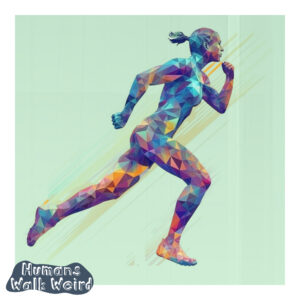
US accessibility law in schools
In the United States, several pieces of legislation aim to protect the rights of students with disabilities and ensure appropriate accommodations in schools. Knowing your rights is important. Keep reading to learn about the various rules and standards that protect accessible, equitable education in the US and where to access support.







